|
One of the things I have focused on the most since the start of the year has been to connect with classroom teachers more regularly. This is especially true for some of the classes that I have that are more challenging to manage. In the PYP (Primary Years Program), we often talk about the importance of single subject teachers integrating with the units of inquiry happening in the classroom. As the PYP promotes a holistic approach to education, focusing on the development of the whole child is a top priority. Therefore, integration allows students to make connections between different subject areas, fostering a deeper and more comprehensive understanding of concepts and ideas. Although this is predominantly the case, I see that integration also allows single subject teachers to connect with classroom teachers on a 'needs basis', not just to integrate with the concepts and actual units of inquiry. What I mean by this is that if a particular class is having difficulty managing themselves when attending their single subject classes, there is a perfect opportunity for a different kind of integration. In this blog post, I will share two different examples of what this can look like and the impact that this type of integration can have on student learning. Example #1: From the start of the year, I noticed that one of my grade 1 classes was having a lot of difficulty managing themselves in my PE lessons. As they are quite young, it is understandable that they are not used to routines and structures outside of their own homeroom class yet. Rather than enforce my own routines and structures, I leaned on the classroom teacher for support. These are the steps I followed to make that happen. A) I attended morning meetings to observe how the classroom teacher was helping his students to understand beginning of the year expectations. This gave me specific insight into how he was trying to foster a sense of responsibility and respect within their classroom environment. What came up was that, as a community of learners, they were going to focus on the concept of ‘respect’. Added to this, was that he had already created a classroom visual to represent the word respect which you can see below. B) As a followup to attending his morning meetings, I decided to print off the visual the classroom teacher was using, so that I could also use it in my PE lessons. I felt that I had the perfect opportunity to unpack what the word ‘respect’ means to give the students more of an understanding of what ‘respect’ looks like in action. For a succession of lessons, we slowly unpacked the word respect focusing on one or two ideas each lesson. I used sticky notes to record their ideas. At the end of every lesson, as an exit assessment strategy, I had the class let me know how well they felt they showed respect. I used a green or yellow sticky dot and put it on the poster (green = well done, yellow= respect shown by improvements needed). This small poster is always sent back to the homeroom class at the end of the PE lesson so that the teacher can see how well his students had done. C) After a few weeks, the grade 1 students came up with 6 different ways that they can demonstrate respect. I then created a new visual using clip art images of the 6 ideas the students came up with. For the next few weeks, I will assess the class based on how they most showed respect (green dot) and one of the areas, as a class, they need to keep focusing on. The classroom teacher has already unpacked this new visual with his students in morning meeting, so they will be ready to bring this visual to PE with them next lesson. D) This will lead to students self-assessing themselves in a few weeks time. My plan is to give each student a ‘respect’ poster of their own with the aim being to self-assess themselves in regards to what they feel they are doing really well and what they might need to improve on (using their own green and yellow sticky dots. My goal is the help these young learners become more 'assessment capable'. My findings so far: I have found that this assessment strategy in general has had a very positive impact on classroom behavior. The students are taking ownership of their behavior and the support of the classroom teacher has been awesome. I think that the classroom teacher has also benefitted quite a bit from our integration as well as he also refers to the respect poster when problems arise in class. Example #2 From the start of the year, I found that one of the grade 5 classes was also having a lot of difficult managing themselves in PE. Using the same process that I did with grade 1, I attended a few morning meetings to see the types of conversation that were happening around respect and responsibility. The grade 5 classroom teacher and I led a few discussions about student behavior in the single subjects in general, but more so in PE. The students acknowledged that they were not demonstrating very good behavior in PE and agreed to start off by making individual commitments that would help them be more focused and on task in PE. For example, 'I commit to better listening in class' or 'I commit to following the rules in games', etc. I created a poster of their commitments and for the following 2-3 classes, I assessed each of them based on the commitment they had made using the number 1, 2 or 3 (1= not very good, 2= OK, 3= Very much on track with their commitment). This seemed to work reasonably well, but the class, as a group, started to fall back on some negative behaviors which caused far too many distractions in the lesson. After attending another morning meeting, I explained to the class that we needed to do a better job. Rather than me demand they show respect and focus in class, I leaned on the group, as a whole, to come up with their own behavior management plan. They had a discussion in small groups and shared with me their ideas which you can see in the poster below. I made a poster based on their ideas and shared this poster with the classroom teacher and the assistant principal who is in charge of behavior/well-being. As you can see from the poster below, there are 4 steps in place before being sent to the assistant principal’s office. As the students are the ones who came up with this plan, I feel they will take more ownership of their behavior. The classroom teacher and I have communicated consistently during this time and are supporting each other and the students to the best of our ability. This is another example of a unique integration that falls outside of the unit of inquiry, but is very much focused on social and emotional learning. My findings so far: It is still early days using this poster, but giving students ownership and a strong voice in their own behavior management plan was a very effective step in putting them in charge. I hope it leads to more positive behaviors in class and also helps the classroom teacher have important discussion related to behavior as well. I hope this blog post gives you some good ideas to use in your own teaching or within your school. Thanks for reading.
0 Comments
|
AuthorWrite something about yourself. No need to be fancy, just an overview. ArchivesCategories |
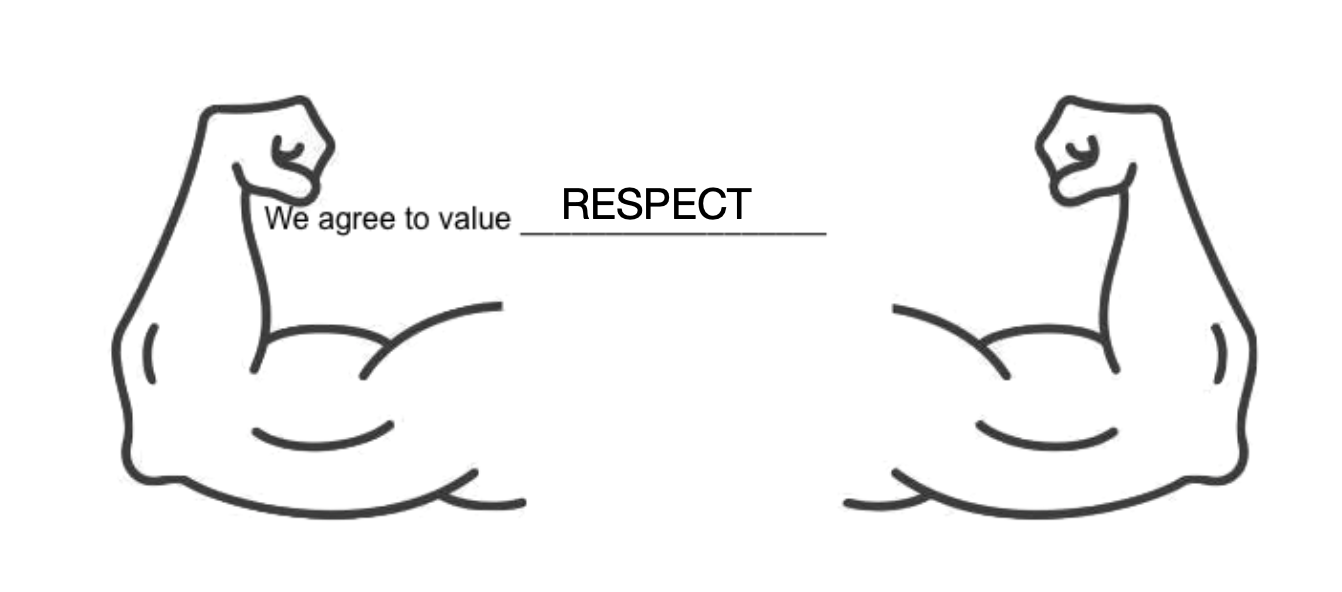
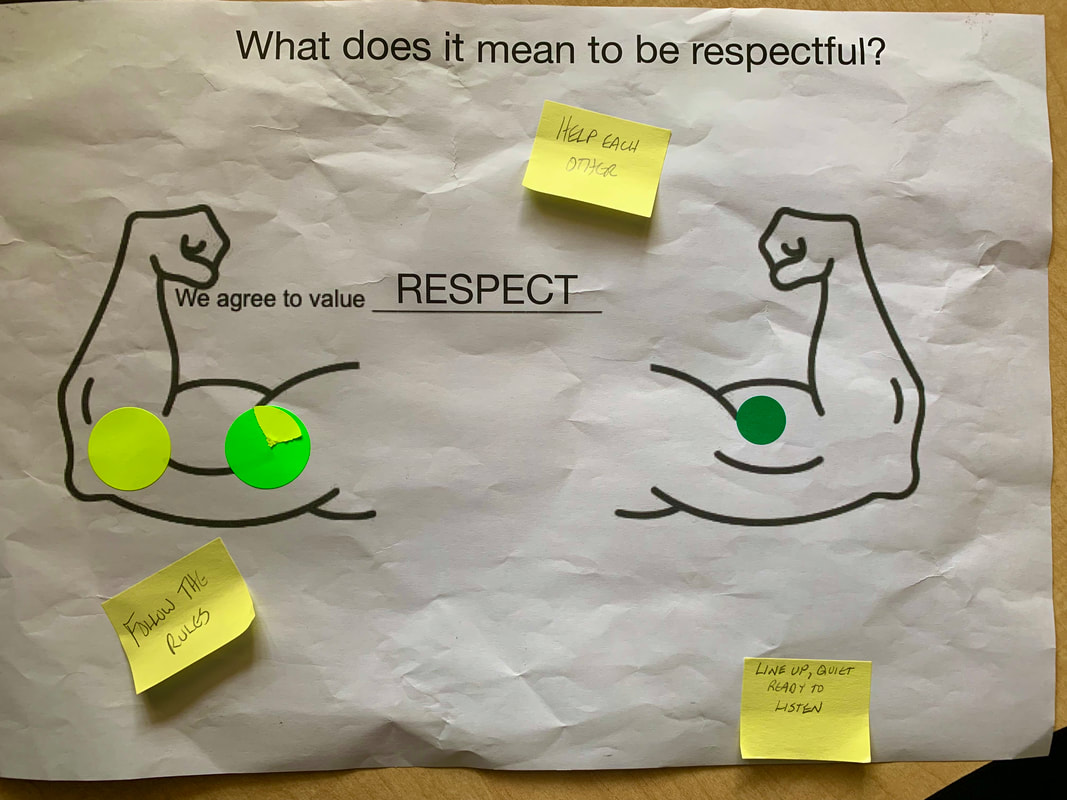
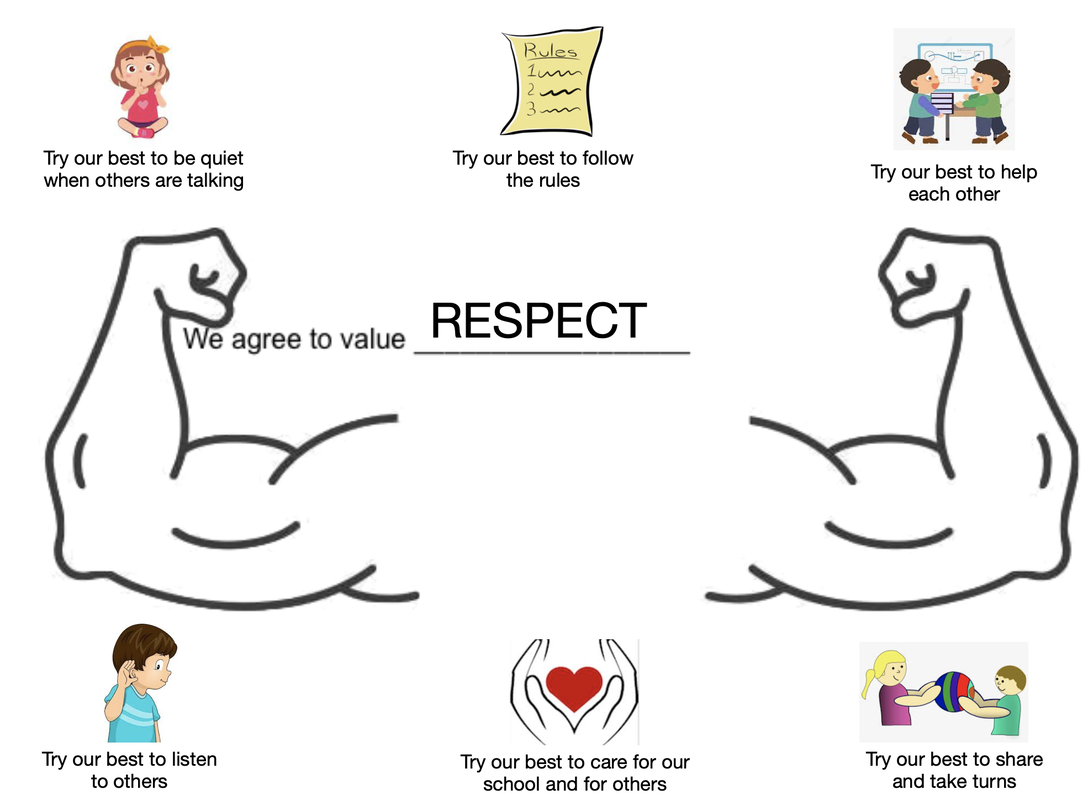
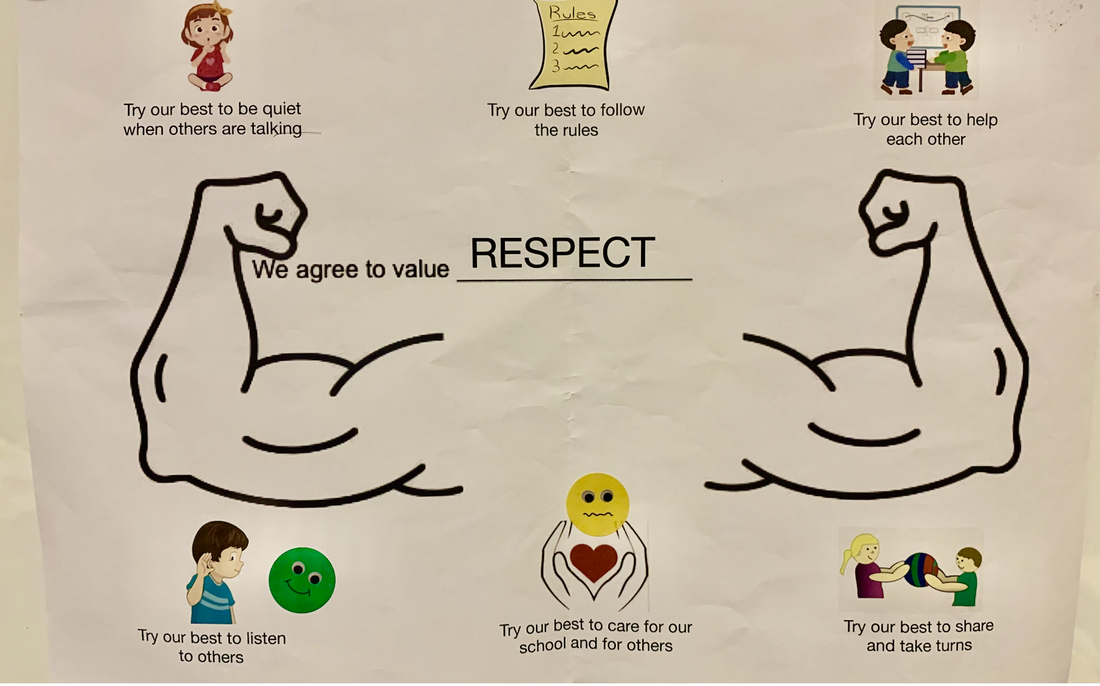
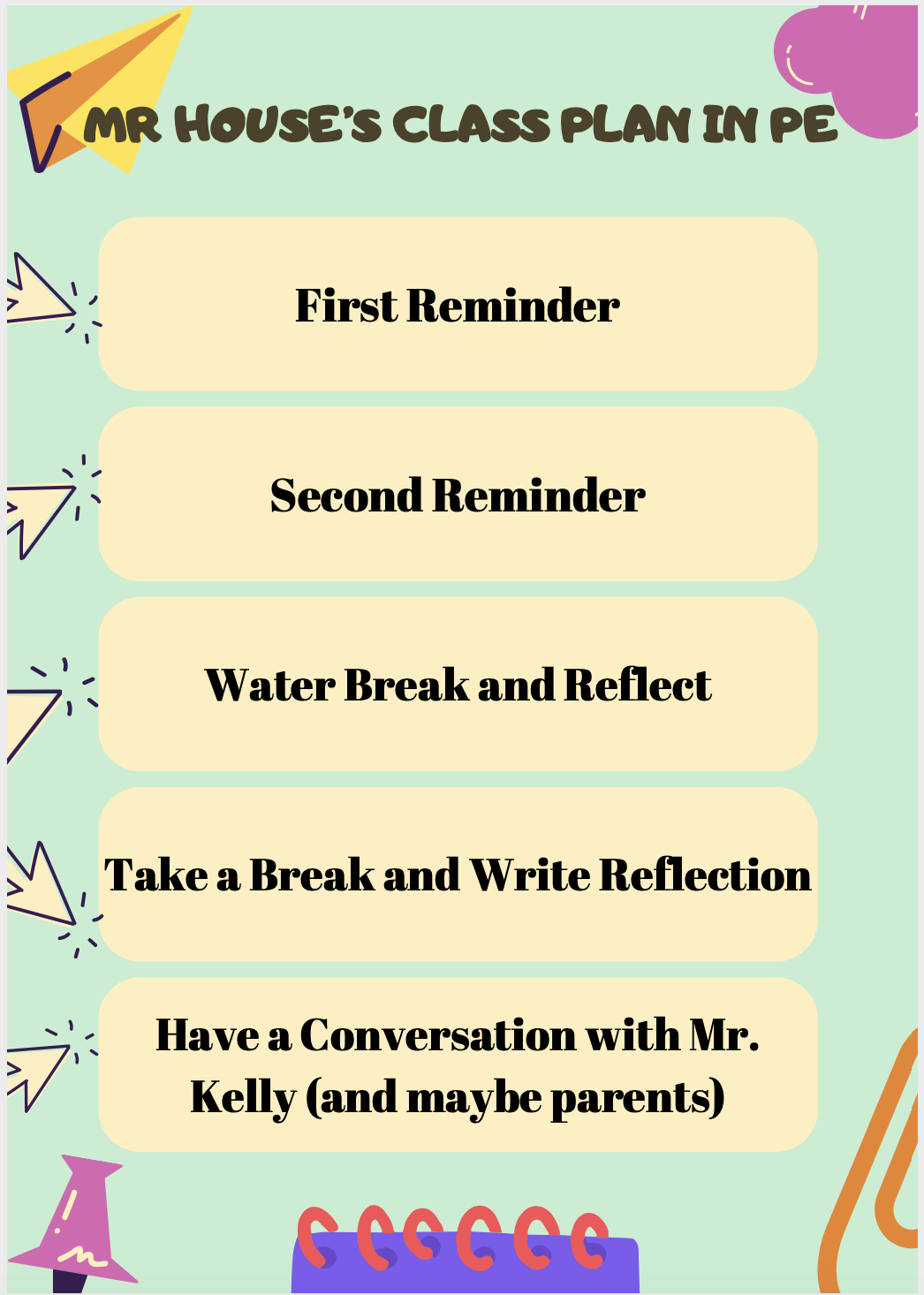
 RSS Feed
RSS Feed